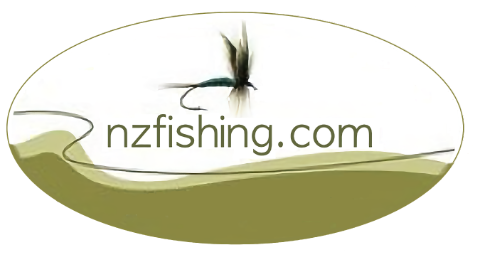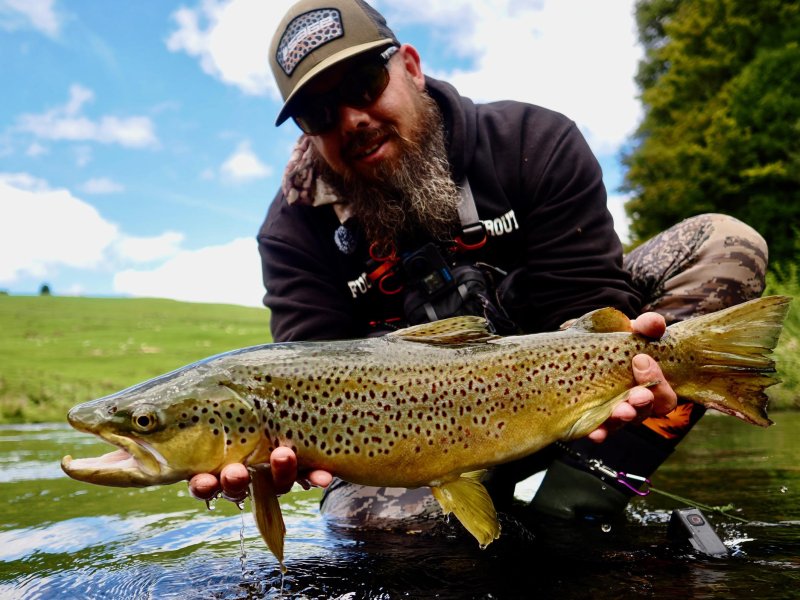| Fish type |
Both rainbow and brown trout present as well as coarse fish such as Rudd. |
| Situation |
After leaving the tail race at the Karapiro hydro dam, the Waikato River flows uninterrupted across the Waikato Plains to enter the Tasman Sea approximately 50 km south of Auckland.
Note: For information about the upper end of the Waikato River as it leaves Lake Taupo, see Waikato River, Taupo region.
|
| Access maps |
Lower Waikato: The mouth to Ngaruawahia
Mid Waikato: Ngaruawahia to Arapuni
Upper Waikato: Lake Taupo to Lake Ohakuri
|
| Check conditions |
View the MetService weather forecast.
View the river level and rainfall for the last 7 days.
River flow
Phone Mighty River Power's information line on 0800 820 082 for:
- the Aratiatia rapids opening and closing times
- the river flow below Aratiatia
- the river flow below Lake Karapiro
Algal blooms
The Environment Waikato website has up-to-date results showing the level of blue-green algal blooms in the Waikato River.
|
| Description |
The Waikato River between Lake Karapiro and the mouth is a large powerful river that is best suited to spin fishing or wet fly fishing. Many of the most productive stretches can only be reached by boat, and trolling for fish is a very popular and productive method. This section of the river can be very intimidating as it flows powerfully between
tree-lined banks. It is not wadeable and when fishing all care must be taken. It does however hold very high stocks of both brown and rainbow trout, some of which reach very impressive sizes. |
| Karapiro to Cambridge |
Description
This section of the river can only be reached by boat and provides excellent fishing when the water is being held back by the upstream Karapiro hydroelectric dam. When the river is low it is possible to fish large areas of the river by mooring the boat and walking along the exposed sand banks.
Access
See the access map
|
| Cambridge to Hamilton |
Description
As most of this section of the river is tree-lined it has steep banks and is best fished from a boat. There is some public access around the Narrows and it can be good fishing where any small stream enters the Waikato along this stretch.
Access
See the access map
|
| Downstream from Hamilton |
Description
Downstream from Hamilton the Waikato River is a very large river with limited access for the shoreline angler due to the dense shoreline vegetation. Mostly the section is fished from a boat with trolling being the most popular method. During the warmer months large numbers of trout will congregate round stream mouths and can be fished for using a spinner or a sunken wet fly.
Access
See the access map
|
| Methods |
Most of the section of the Waikato River can only be fished from a boat with trolling being the most popular and productive method. When trolling it is necessary to keep close to the banks as this is where most of the fish will be found. Trolling is most effective when moving downstream just faster than the current. It is necessary to ensure that
the lure is as close to the bottom as is practical and where possible allowing it to bump along the sandy bottom.
There is limited shoreline access but in those open areas where anglers can cast, spinners and wet fly fishing can be effective. The best areas for this is where the the current near to the bank is relatively strong.
|
| Recommended tackle |
When trolling, it is necessary to get the lure down to the fish and this is usually done by using a small 3 to 4 ounce ball sinker held by a swivel about 1 metre above the lure or the fly that is being trolled.
When spinning use at least a 6 foot rod and 3 kg or stronger nylon. Those wishing to wet fly fish, need to use a large rod of at least seven or eight weight and an intermediate or slow sinking line during the day and an intermediate or a floating line during the evening.
|
| Recommended lures |
Nymphs:
Except for the area just below Karapiro Dam, nymph fishing is very difficult. Those wishing to nymph fish would need to use large reasonably weighted Hare and Copper or Halfback patterns.
Dry flies:
Again, this section of the river is not noted for its dry fly fishing although in the evening on warmer months in the area just below Lake Karapiro there can be a good caddis fly hatch.
Wet flies / Streamers:
Large wet flies and streamers that imitate small fish such as a Grey Ghost, Parsons' Glory, Hamill's Killer, Mrs Simpson or a rabbit pattern around size 6 work well during the day, while patterns such as Scotch Poacher, Fuzzy Wuzzy, Black Marabou or any dark patterns are required during the evening and during night fishing.
Spinners: When trolling or casting, use Black Toby's, Copper Zed spinners, Tokoroa Chickens, Tasmanian Devils or Cobras and gold/red or black patterns. Large red Veltic spinners are also effective during the day.
|
| Tributaries |
The major tributary to the Waikato River is the Waipa River. There are a number of small streams and rivers that enter the Waikato along its length and these provide excellent fishing at their mouths during the warmer summer months. |
| Related waters |
See also the Taupo section on the Waikato River. See also Lake Karapiro, Lake Arapuni, Lake Waipapa, Lake Maeraeti, Lake Ohakuri. |
| Regulations |
| Applicable to |
Waikato River |
| Region |
Auckland/Waikato regulations |
| Season |
All year |
| Methods |
Artificial fly, spinner, bait |
| Bag limit |
5 trout. 5 tench - other fish no limit |
| Size limit (cm) |
30cm minimum |



